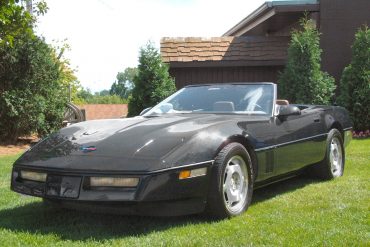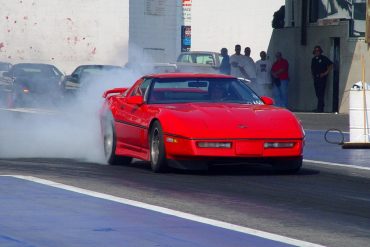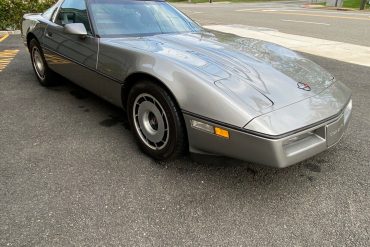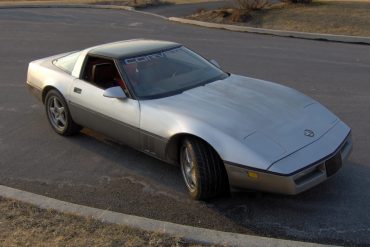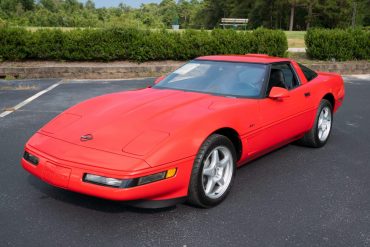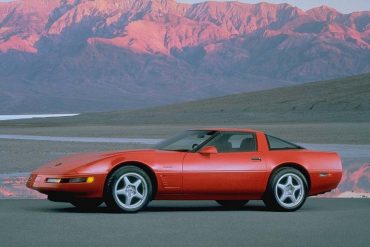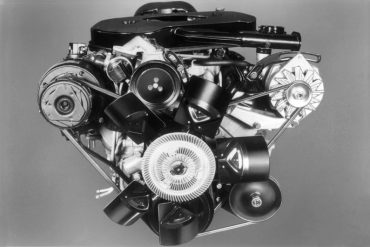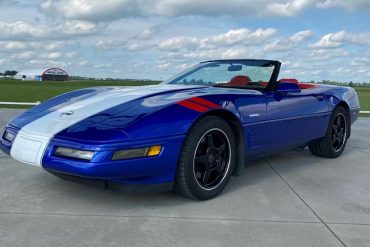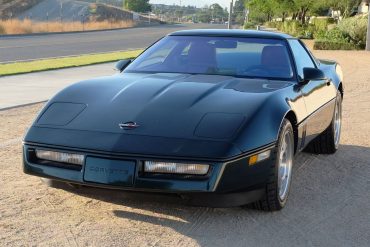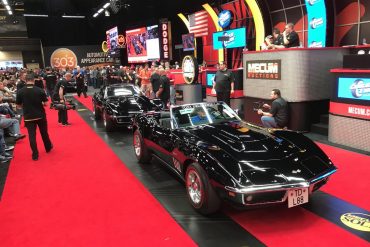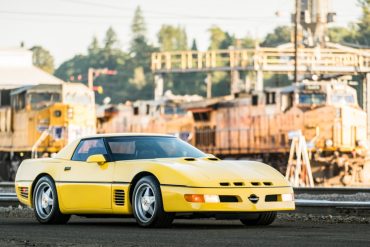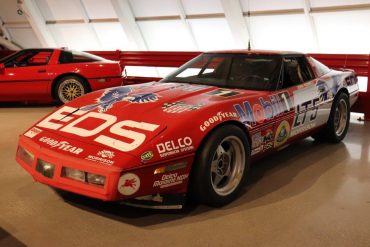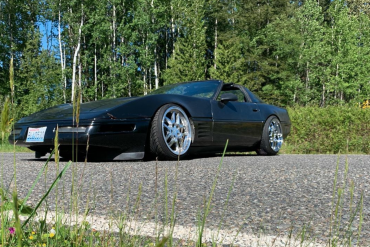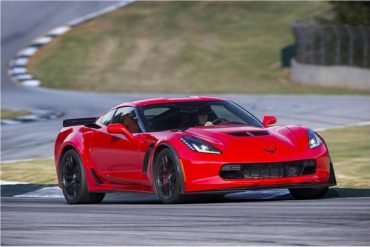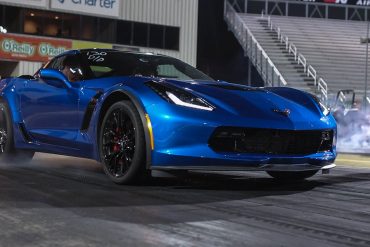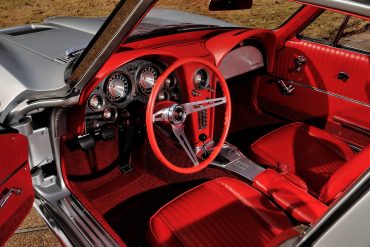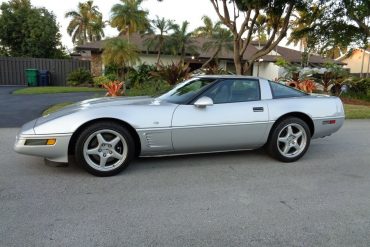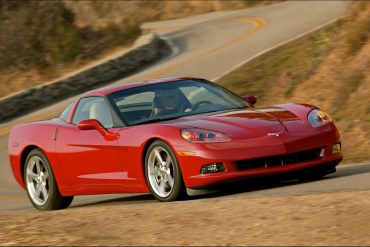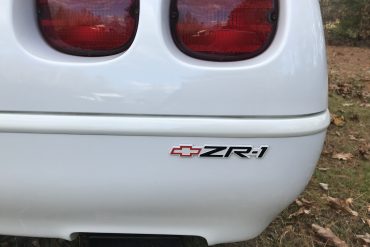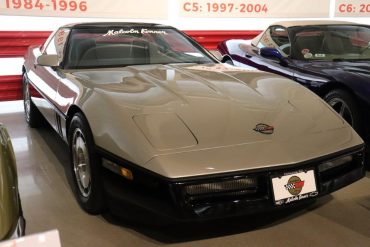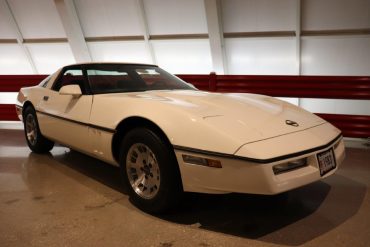We have curated the ultimate collection of the 1988 Corvette Wallpapers and HD backgrounds for you to enjoy. Free to download
We have curated the ultimate collection of the 1987 Corvette Wallpapers and HD backgrounds for you to enjoy. Free to download
Corvette Performance: Ranking Every Corvette by Their Quarter Mile Acceleration Times CorvSport has always been the number one resource for...
Corvette Performance: Ranking Every Corvette by Their Quarter Mile Acceleration Times CorvSport has always been the number one resource for...
We have curated the ultimate collection of the best 1986 Corvette Wallpapers and HD backgrounds for you to enjoy. Our...
We have curated the ultimate collection of the best 1985 Corvette Wallpapers and HD backgrounds for you to enjoy. Our...
We have curated the ultimate collection of the best 1984 Corvette Wallpapers and HD backgrounds for you to enjoy. Our...
Reeves Callaway has always had a dream of competing a Corvette of his own at the 24 Hours of Le Mans, France. The idea begin with the body work for a street version, but one thing led to another, and a full race version was completed as well. The street version is almost identical to the race version because the hood, tail, rocker panels, and lower door halves, are all made of carbon fiber, just like the race version.
This Is the Car You Want to Buy Recently, we published a long and detailed article on the Corvette ZR-1...
The C4 ZR-1 Corvette, even some 30 years after its initial year of production, carries indisputable performance merit, the likes of which few can deny. In fact, the ZR-1 is often cited as the car which helped fend off threats, both foreign and domestic in origin, to the Corvette's elite performance car status. However, after only 6,939 ZR-1 Corvettes were built, and 6 years of production had passed, the program was terminated, falling victim to decisions regarding pricing.
Offered for only two years (1982, 1984), the L83 featured GM’s newly designed Cross-Fire Fuel Injection system and is often referred to by critics as being one of the most unworthy engines to ever find its way under the Corvette’s hood. However, this begs the question of whether or not the L83 was truly deserving of this mockery.
A C4 Worth Having In its last year of production, the Chevrolet C4 Corvette was offered as a special Grand...
FOR SALE: A 1990 Corvette ZR-1 with NO RESERVE! As we prepare for the weekend and for the first day...
Here’s one of those stories, courtesy of GM Authority, that we all need in the year 2020. A fairytale end...
Here’s YOUR Sneak Peak at some of the HOTTEST Corvettes at the Mecum Indy Auction! With so many of us...
Corvette C4 Wallpaper Collection We have curated the ultimate collection of the best Corvette C4 Wallpapers and HD backgrounds for...
On March 1-2 1990 a unique group of people using a Chevrolet Corvette ZR-1, reset The 24-hour World Speed Record. That achievement proved unequivocally that the car is indeed...King of the Hill. "The 24" had stood for 50 years. Last set at Bonneville in 1940 by AP Jenkins driving the "Mormon Meteor Ill", a purpose-built. single-seat race car with an aircraft engine. The objectives: set the 24 as well as 5000 kilometer and the 5000 mile marks with a ZR-1 while using an L98-powered Corvette to set the six-hour record and other shorter distance marks.
Drifting Low The C4 Corvette is already a sportscar that sits low to the ground. This helps with aerodynamics and...
FOR SALE: A 1988 Callaway Corvette Convertible Twin Turbo! It’s been a while since we shared a fourth-generation Corvette with...
Here Are the 10 Best Corvette Ads You’ve Probably Never Seen! Since its introduction in 1953, Chevrolet has created some...
With nearly 70 years’ worth of production under its belt, the Corvette is no stranger to innovation. In the GM...
Chevrolet's introduction of the LT1 in 1992 as the base engine in the Corvette phased out the L98 based Callaway Twin Turbo. Previously, Callaway Corvettes made their increased power through positive manifold pressure; now they made it through increased displacement and finesse. Initially called the CL1 or CR1, they designated the chassis they were built upon. They were based on the pushrod LT1 cars (CL1) or the 32 valve DOHC LT5 ZR-1 cars (CR1).
Quarter-mile Times for Every Corvette Model Year When an apples to apples comparison of vehicle performance is the talk of...
Corvette Steering Wheels and Dashboards For All Generations It is no secret that the Corvette has undergone an abundant number...
For Sale – A Beautiful, Low-Mileage, 1996 Collectors Edition Corvette Coupe With summer just a few, short months away, now...
The Models To Buy If You’re Buying Your First Collector Corvette. You Can’t Go Wrong With These Classics. Collecting Corvettes...
A tip whispered in our ears here at Corvsport told of a pristine condition, 900 original miles 1995 Corvette C4...
After a yearlong hiatus leading to a non-existent 1983 production run, the completely redeveloped fourth-generation Corvette emerged onto the scene...
Our Definitive List of the Best Corvette from Each Generation They say that “beauty is in the eye of the...
Within the National Corvette Museum's Skydome sits the only remaining 1983 Corvette; a car best characterized as a survivor, in every sense of the word. According to the Macmillan Dictionary, a survivor is, "someone or something that still exists after every other member of a group has died or been destroyed." This as it may, the 1983 Corvette lives up to this title.


